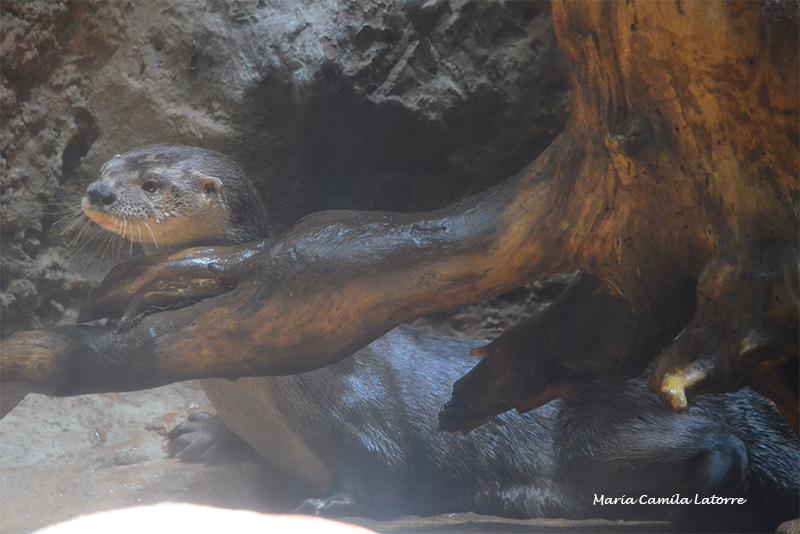María Camila Latorre Cárdenas
Other projects
8 Nov 2012
Effect of Persistent Organochlorine Compounds on the Physiological Health and Habitat Suitability of the Neotropical Otter in Veracruz, Mexico
The threat status of the Neotropical otter, Lontra longicaudis, due to habitat destruction and the conflict that arises with human activities is a concern for the conservation biology. Neotropical otter is the top predator of the freshwater ecosystems in Mexico and like other carnivores species it conflict with human because of the same food consume (fish and crustaceans) that lead to the hunting of the species and increase the risk of local extinction.

Neotropical otter.
In collaboration with local fishermen and fish farmers (herein – fishermen) and other researchers, I will conduct participatory monitoring of the otter in three basins of Veracruz. A total of 33 fishermen (11 per basin) will participate in the monitoring by collecting field information to estimate different population parameters and to assess movement patterns of the otter. Training and working with fishermen is a great opportunity to teach them about the feeding ecology of the otter and strengthen their appreciation for the otter, ultimately reducing the man-otter conflict.
I will conduct education programs to show the ecological importance of the otter in the riparian ecosystems and thus that its conservation is important and I will provide information on techniques for the sustainable use of fishery resources and on the use of fishery techniques that are not detrimental for the otter will be provided. The ultimate goal is to change the perception of competition with the otter that local people have and to show them that protecting the rivers is crucial, since its benefits their well-being.
I will assess some relevant population parameters such as population sizes and genetic diversity and the movement patterns that will allow determining the critical areas for the conservation of the otter and to develop long-term conservation actions for the species. For example, areas where otters have larger population sizes, higher occupancy and genetic diversity will be considered as priority areas for long-term conservation. Areas with smaller population sizes, lower occupancy and genetic diversity will become focal areas to identify potential threats. Likewise, if individuals have constrained movements and their populations are genetically isolated, biological corridors that promote connectivity between populations should be designed. All this information will fill gaps in the knowledge about the population ecology of the species.